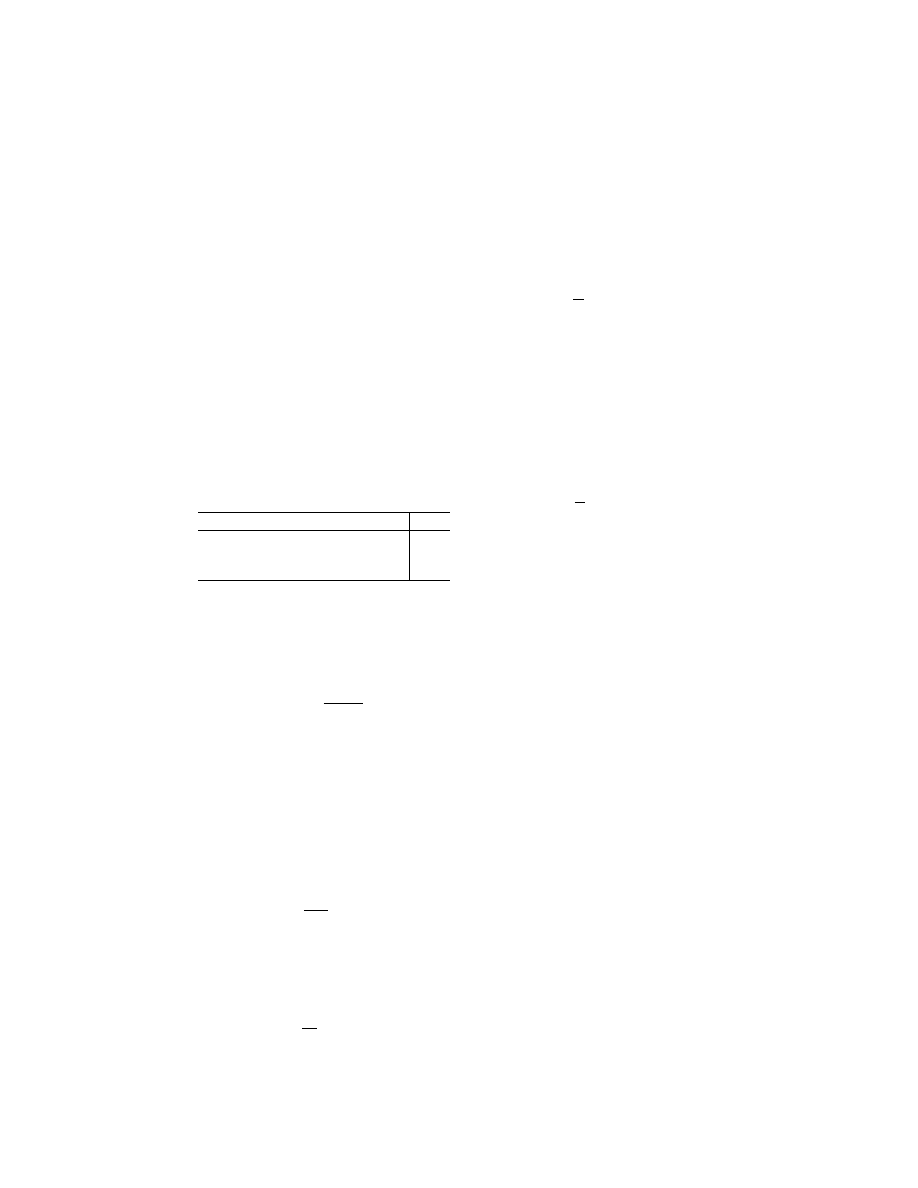
672
14 CFR Ch. I (1–1–19 Edition)
Pt. 150, App. B
wholly or partially within the L
dn
65 dB
boundary.
(b) For those agencies identified in (a) that
have land use planning and control author-
ity, the supporting documentation shall
identify their geographic areas of jurisdic-
tion.
P
ART
C—M
ATHEMATICAL
D
ESCRIPTIONS
Sec. A150.201
General.
The following mathematical descriptions
provide the most precise definition of the
yearly day-night average sound level (L
dn
),
the data necessary for its calculation, and
the methods for computing it.
Sec. A150.203
Symbols.
The following symbols are used in the com-
putation of L
dn
;
Measure (in dB)
Symbol
Average Sound Level, During Time T .....................
L
T
Day-Night Average Sound Level (individual day) ...
L
dni
Yearly Day-Night Average Sound Level .................
L
dn
Sound Exposure Level ............................................
L
AE
Sec. A150.205
Mathematical computations.
(a) Average sound level must be computed
in accordance with the following formula:
L
log
T
10
dt
T
10
O
T
L
t)/10
A
(1)
=
∫
10
1
(
where T is the length of the time period, in
seconds, during which the average is taken;
L
A
(t) is the instantaneous time varying A-
weighted sound level during the time period
T.
N
OTE
: When a noise environment is caused
by a number of identifiable noise events,
such as aircraft flyovers, average sound level
may be conveniently calculated from the
sound exposure levels of the individual
events occurring within a time period T:
L
log
T
T
10
L
/10
10
(2)
i=1
n
AEi
=
∑
10
1
where L
AEi
is the sound exposure level of the
i-th event, in a series of n events in time pe-
riod T, in seconds.
N
OTE
: When T is one hour, L
T
is referred to
as one-hour average sound level.
(b) Day-night average sound level (indi-
vidual day) must be computed in accordance
with the following formula:
L
log
dt +
10
dn
10
L
(t) / 10
2200
2400
A
=
+
+
[
]
+
[
]
∫
∫
∫
10
1
86400
10
10
3
10
10
0000
0700
10
10
0700
2200
( )
/
( )
/
( )
t
L
L
t
dt
dt
A
A
Time is in seconds, so the limits shown in
hours and minutes are actually interpreted
in seconds. It is often convenient to compute
day-night average sound level from the one-
hour average sound levels obtained during
successive hours.
(c) Yearly day-night average sound level
must be computed in accordance with the
following formula:
L
log
(4)
dn
10
i=1
L
dni
=
∑
10
1
365
10
365
10
/
where L
dni
is the day-night average sound
level for the i-th day out of one year.
(d) Sound exposure level must be computed
in accordance with the following formula:
L
= 10 log
t
dt (5)
AE
10
o t
t
L
t
1
2
A
1
10
10
∫
( )
/
where t
o
is one second and L
A
(t) is the time-
varying A-weighted sound level in the time
interval t
1
to t
2
.
The time interval should be sufficiently
large that it encompasses all the significant
sound of a designated event.
The requisite integral may be approxi-
mated with sufficient accuracy by inte-
grating L
A
(t) over the time interval during
which L
A
(t) lies within 10 decibels of its max-
imum value, before and after the maximum
occurs.
[Doc. No. 18691, 49 FR 49269, Dec. 18, 1984; 50
FR 5064, Feb. 6, 1985, as amended by Amdt.
150–1, 53 FR 8724, Mar. 16, 1988; Amdt. 150–4, 69
FR 57626, Sept. 24, 2004]
A
PPENDIX
B
TO
P
ART
150—N
OISE
C
OMPATIBILITY
P
ROGRAMS
Sec. B150.1
Scope and purpose.
Sec. B150.3
Requirement for noise map.
Sec. B150.5
Program standards.
VerDate Sep<11>2014
08:20 May 17, 2019
Jkt 247048
PO 00000
Frm 00682
Fmt 8010
Sfmt 8002
Y:\SGML\247048.XXX
247048
EC15SE91.000</MATH>
EC15SE91.001</MATH>
ER10FE03.003</MATH>
EC15SE91.003</MATH>
EC15SE91.004</MATH>